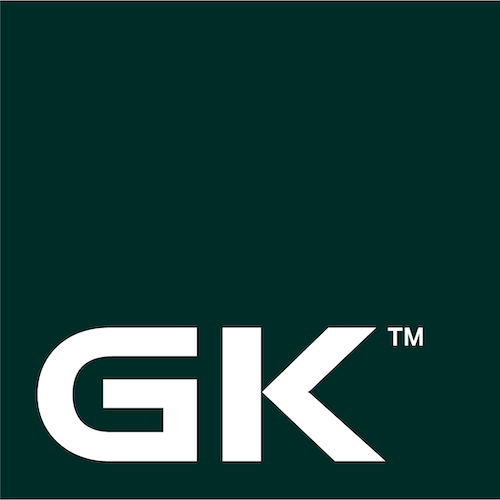The textile industry experienced a drop in demand globally during 2021 due to the Covid-19 pandemic. Although now, most industry experts predict a recovery for fiscal year 2022, thanks to the reopening of businesses and points of sale in many countries. For GK, the leading company in the textile sector, with a presence in Honduras, Guatemala, Mexico, and the United States, this are excellent news.
This recovery will boost textile exports in the world exponentially starting this year. Supply chain issues that continue to affect nearly every cog in retail, production, and manufacturing have wreaked havoc on companies that were already struggling before the pandemic.
But for those who have already begun a transition to e-commerce-related channels and digital technologies, along with workflow automation, the new normal brings new opportunities, stability, and chances for success. For industry players who remain held back by traditional process or technology, the race to digitization should surely now be a priority.
The keys to the future for the textile sector
The global textile market size is expected to reach $266.38 billion by 2025
According to a study conducted by Grand View Research, the industry is expected to register an annual growth rate of 8.9% in the coming years. Rapid advances in digital printing coupled with its growing penetration in the textile industry are anticipated to drive market growth.
Developments in consumer buying patterns, related to the use of printed fabrics, are also likely to have a positive impact on product demand in the period to 2022. Printing techniques, along with the introduction of high-speed digital printers, by various companies, drive digital adoption in textile markets.
The ecommerce boom will also reach the textile industry
Personalization in the purchase of any product, and textiles are no exception, has evolved in line with the technologies triggered by the pandemic. Consumers, individual or corporate, now demand a personalized experience, whether it’s sales, product design, or packaging.
The technology developed in the last two years provides an opportunity to create personalized products in the textile sector. Online sales channels also facilitate a first-hand connection with customers, presenting the perfect opportunity to build brand loyalty and smart sales data. By getting closer to consumers, design development is refined to collect more accurate sales data.
Consumers have become more aware of the environmental implications of what they buy
Sustainability is now a key theme and is driving sales in the textile sector. Transparency and greater sustainability within the textile supply chain is destined for radical reform. Decisions made at every stage of manufacturing have an environmental impact, and consumers expect the supplier to take responsibility.
According to recent studies by the Global Fashion Agenda & The Boston Consulting Group, the textile industry has many reasons to put an emphasis on sustainability, including cost reduction, protection of the environment, and sustained goodwill from its customers by ecological practices.
In summary, as post-pandemic business models evolve, a more sustainable supply chain recovery in the textile industry will continue to have a significant impact on the future of textile production. Therefore, companies must seize the growth opportunities of the global textile and apparel market that will appear in this new year.
